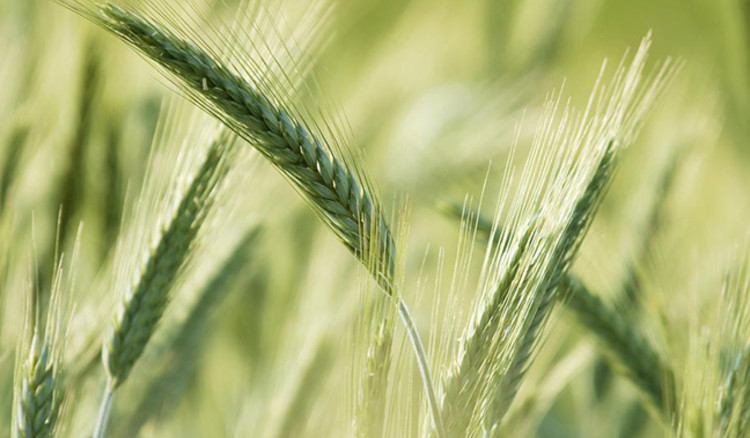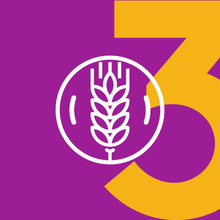
Growing High Yield Wheat - A Game Plan For Success

South Africa`s wheat production ranges from 1 500 000 to 2 100 000 tons annually, according to the statistics of Grain SA. Average yields are around 3.7 tons per hectare and wheat makes up a significant portion of agricultural land in South Africa (roughly 500 000 hectares). With growers having to plant a vast range of hectares to bring about an economically viable business unit, it accentuates the importance of achieving consistently high yields year on year.
How can you get a high yield of crops and what are the most effective techniques for increasing wheat crop yields?
Often the answers to these questions are a lot simpler than what we make them out to be. Reverting to the basics and laying a good foundation in terms of agricultural practices may be overlooked. However, often, that is where the solution lies.
In order to implement good basic practices, an efficient documentation and data capturing system is required. This will allow the grower to analyse the differences between high yielding fields and fields that are below average. Focusing attention on the lower yielding sections will increase average production on the weaker parts of the farm. This leads to an increase in average yield. This should be done whilst maintaining the 80:20 rule - 20% of the farming unit should not be prioritised to the detriment of the remaining 80%. Balance is key.
“Maintain the 80:20 rule - 20% of the farming unit should not be prioritised to the detriment of the remaining 80%. Balance is key”
Once the lower yielding portion of the farm has been identified, it is important to understand how it is different from the higher yielding portion. This will allow the grower to find the relevant solutions.

Start with the basics by comparing, amongst other things,
- soil analysis,
- micro-climate,
- variety selection,
- planting depth,
- planting date,
- seeding rate,
- nutrition programme and the
- crop protection programme,
of the high yielding and the weak sections. It is also important to view these factors in relation to one another as they all directly or indirectly impact each other.
For instance, a soil analysis will give a detailed breakdown of the nutrient composition which will influence the proposed nutritional programme. The type of soil could influence the usable depth (effective depth) which will impact the seeding rate and potentially the planting depth.
Crop protection against pests and diseases for wheat growers
The role that agrochemicals play in improving crop production is often underestimated. Crop protection products are necessary, from pre-planting seed treatment up until harvest where insecticides are utilised against some lepidoptera species that pose a threat.
Pre-emergence herbicides
When planting wheat, you start off with 100% yield potential on the day of planting. Every incidence throughout the plant's life cycle that negatively impacts growth, will deduct a portion of the maximum yield potential. That is why herbicide applications before the wheat emerges (pre-emergence), such as Triflurex ® 480 EC, are very important.
Post-emergence herbicides
Pre-emergence applications will control the early season weeds and will reduce competition for nutrients, water etc. This will ensure maximum growth potential for your wheat. Post-emergence herbicides such as Tomahawk ® 200 EC, will control later season broadleaf weeds and also reduce the competition for the wheat.
Fungicides
Following your herbicide applications, your fungicide applications will come into play. Fungicides are crucial in wheat grain production in order to keep the plant from being weakened by disease. The final two leaves that form (referred to as the flag leaf and flag -1 leaf) and the ear of a wheat plant are responsible for roughly 80% of the final yield. The development of these parts of the plant contributes significantly towards the final yield but this is a period when many diseases can attack the plant simultaneously. Protecting these parts of the wheat plant with industry fungicide favourites such as Bumper ® 250 EC is therefore vital.
Insecticides
As for the insecticides, their role is straightforward – prevention of insects that reduce yield by physically feeding on the plant, parasitising or infecting the plant with a virus. Warlock ® 19.2 EC comes in very handy for the control of lepidoptera such as African Bollworm closer to harvest time.
The game plan for high wheat yields

1. Good record keeping

2. Identify high yielding and weak sections

3. Understand why the high yielding sections are different from the weak sections

4. Basics – create a tailor-made strategy for each of the weaker sections whilst focusing on basic best practices
What are your top tips for increasing yields?
Share with us on our ADAMA Facebook or ADAMA LinkedIn pages.